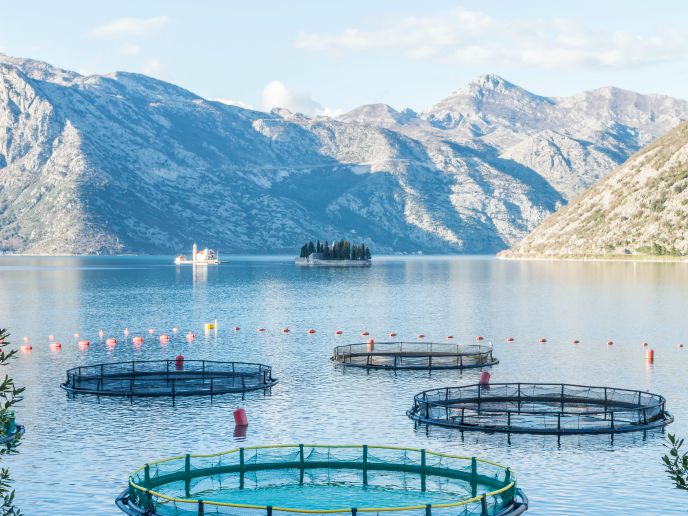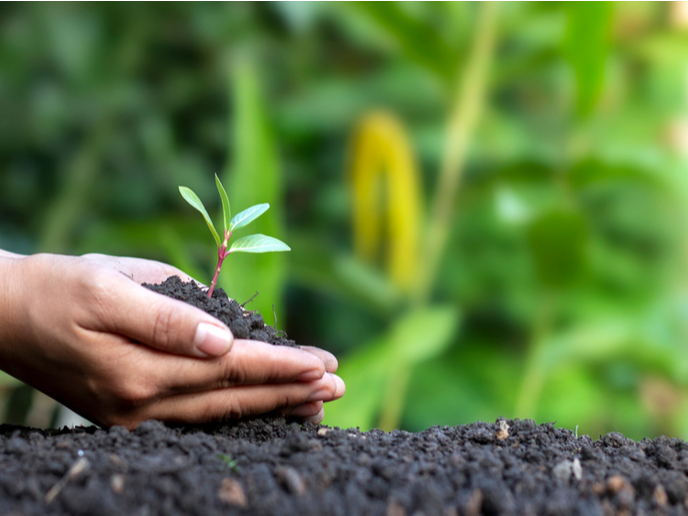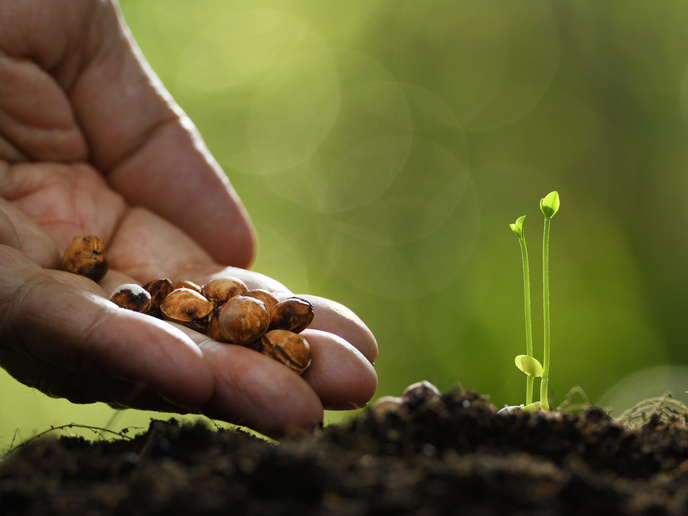Interactive tools boost growth in the EU aquaculture industry
According to the Food and Agriculture Organization of the United Nations, aquaculture provides half of all fish for human consumption, with the highest related activity occurring in Asia. Meanwhile, consumption of fish products in developing countries is growing rapidly. This growing demand for seafood is creating a critical food security risk in the EU that calls for a rapid increase in domestic production capacity. Moreover, there's little capacity in fish stocks to sustain any increase in capture fisheries. Hence, the gap between production and consumption of aquatic products can only be bridged by aquaculture. If EU production is to increase, the area occupied by aquaculture needs to expand. The EU-funded AquaSpace (Ecosystem approach to making space for aquaculture) project addressed this challenge by finding ways to increase the amount of suitable space available to aquaculture in marine and freshwater environments. To achieve its goals, AquaSpace adopted an ecosystem approach to spatial planning for aquaculture in the context of EU directives and policies. "European aquaculture provides good-quality products, and respects stringent environmental sustainability, animal health and consumer protection standards," says project coordinator Prof. Paul Tett. "Despite this, EU aquaculture production is static, unlike the strong growth experienced in other regions of the world." Toolbox to overcome social and environmental hurdles The consortium developed or improved a number of tools to support the spatial planning of aquaculture. Some of these tools integrate ecological, economic and sociological information on the environmental suitability for different types of aquaculture, the economic costs of setting up a farm and a variety of societal and regulatory issues. Project partners tested the tools and explored spatial constraints through 15 case studies at 17 sites across Europe but also in Australia, China, New Zealand and North America. This involved the investigation of salmonid, perciform, freshwater carp and bivalve mollusc cultivation. To gain better insight into the main factors restricting aquaculture expansion, researchers surveyed case study stakeholders on major barriers to aquaculture growth in their localities. They reported spatial, fish health, environmental and regulatory issues. Stakeholders also noted difficulties with the social acceptance of aquaculture, citing community opposition and conflicts with tourism and fisheries across a broad spectrum of different species and production methods. More aquaculture space means sustainable development and increased production Findings suggest two contrasting views on marine spatial planning (MSP) for aquaculture. "Is MSP a technical process that can be carried out more quickly and efficiently with the aid of tools such as those developed during AquaSpace?" asks Prof. Tett. "Or is MSP part of societal governance, with tools informing and empowering community agency and — hopefully — leading to greater societal acceptance of the expansion of aquaculture?" Consortium members also used the experience gained in AquaSpace for educational purposes. They designed materials for a master's-level module and a three-day continuing professional development course on planning and managing the use of space. "By identifying and developing tools, specifying limitations and providing educational material, AquaSpace should help in enabling the aquaculture sector to grow sustainably and to effectively negotiate for space using MSP," concludes Prof. Tett.
Keywords
AquaSpace, aquaculture, fish, marine spatial planning (MSP), fisheries







